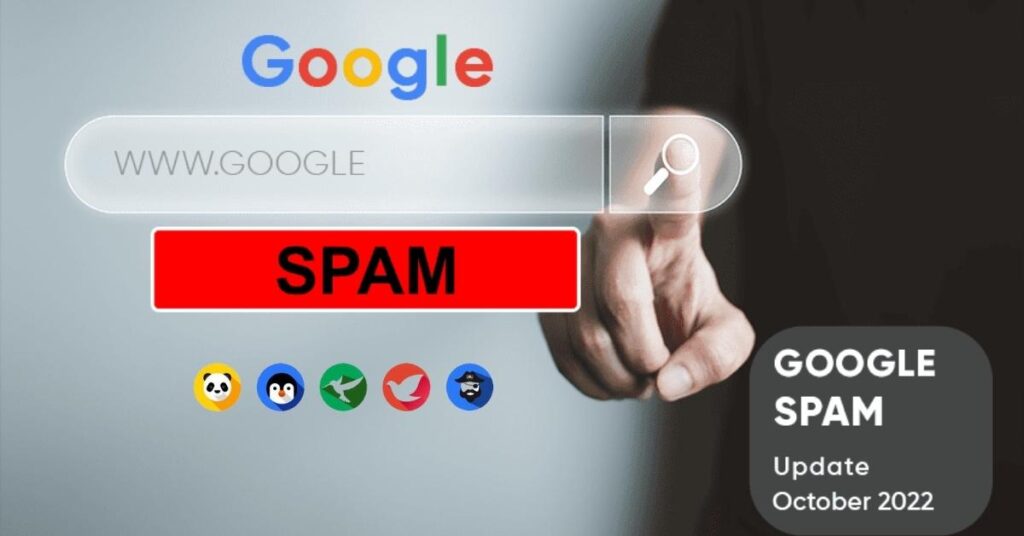Google rolled out its new spam updates in October 2022. The spam update is different from the core update. Before diving into the recent spam update, let’s understand the main difference between the Google Core update and Spam Updates.
Google Core Updates – The core updates’ main purpose is to improve the overall search results quality. Google not punish any website in core updates. Google updates its system in the core update to improve the search results.
Google Spam Updates – In spam updates google updates its systems that are dealing with spam. So after every spam update rollout, google punished and target those websites, which do not follow google spam policies. If your website traffic trends decrease after these updates, it means your website violates the spam policies.
These are a few main causes of Punishments
Link Spam – Avoid spam backlink activities like purchased links, Gifted link exchanges, or any other types of link exchange acts. Automated links created with tools are also counted as spam links for google. You should also avoid low-quality social bookmarking, low-quality website Forum and directory submissions
Keywords Stuffing – The overuse of keywords in the content on any page is called keyword stuffing. Use your keywords wisely, where needed.
Cloaking – Avoid dynamic content on the website. Keep the same content for google bots and real visitors of the website.
Doorway Page – Avoid webpages with doorway content. The spam update punished these types of websites that are using the doorway webpages in websites.
Hacked Content – you need to secure your website from hackers and clean up for hacked content.
Hidden Content – Avoid hidden content practices in your website with modified UI elements or custom CSS practices.
Scraping Google – Avoid the types of tools or scripts that automatically fetch google search results from your server and use them for commercial purposes.
Scraping Others – Don’t use other scrap content on your website like using other website content with a little change or using a content spinning tool to use other’s content.
Artificial Content – The content generated with the various AI-based and automatic tools comes under artificial content. Various search engines consider spam content for such types of artificial content.
Malware – The website must clean up all types of malware in codes to avoid this.
Misleading Functionality – If your website offers some functionality to the visitor and does not provide it. That type of functionality comes under misleading functionality.
Sneaky Redirects – If you redirect your desktop and mobile visitor to a different destination URL. Search engines consider it a Sneaky redirect. Avoid using such types of Sneaky Redirects on your website.
Lazy Affiliate Pages – If you are using similar content and images on your affiliate website that is provided by the manufacturer. These types of websites consider Lazy Affiliates by search engines. You must need to use unique content and images for your affiliate website to avoid this.
User-Generated Spam – You should make sure that any type of user-generated content and link must be clean from your website.
Real Scam – Don’t create a website that is very similar to a reputed brand color theme or logo design. It is considered real spam.
How to overcome it and what are the best ways for damage control if any website is punished with Google Spam Updates?
As we all know that prevention is better than cure. That is the perfectly applicable solution to avoid the effect of Google Spam Updates. You should never do the wrong practices on your website. The Google systems are updated regularly and they can easily catch any finesse.

